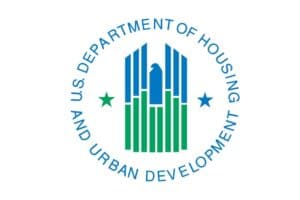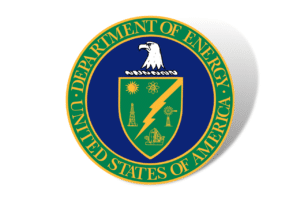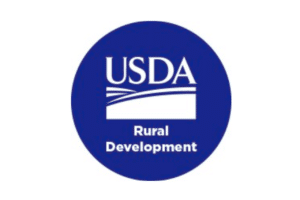The Department of Housing and Urban Development published a notice outlining a new sampling methodology to calculate utility allowances for several multifamily affordable housing programs. Methodology for Completing a Multifamily Housing Utility Analysis standardizes the methodology used to calculate utility allowances across many HUD housing programs, including:
- Project-based Section 8 new construction, state agency financed, substantial rehabilitation, section 202/8, rural housing services section 515/8, loan management set-aside, and property disposition set-aside (not Section 8 vouchers).
- Section 101 Rent Supplement
- Section 202/162 Project Assistance Contract
- Section 202 Project Rental Assistance Contract
- Section 811 PRAC; Project Rental Assistance
- Section 236
- Section 236 Rental Assistance Payments
- Section 221(d)(3) Below Market Interest Rate
This is the first time a required methodology for calculating utility allowances has been based on actual consumption. Owners are required to use the sampling methodology once every third year to determine baseline utility allowances for each of their bedroom sizes. In the interim years, they can use the HUD Utility Allowance Factor.
Significantly, for the first time it also provides owners of HUD-assisted properties that are undergoing new construction or substantial rehabilitation to establish initial utility allowances for new or rehabilitated units based on analysis completed at underwriting though an energy consumption model, including an HFA-approved utility allowance calculator. This option is based on guidance established by the Internal Revenue Service under Section 42 Utility Allowance Regulations Update and is a significant tool towards addressing split-incentive issues and helping owners finance additional energy efficiency measures.
In a separate memo (see below), from DAS for Multifamily Housing Ben Metcalf, HUD will also allow owners to request a one-time release from property’s Reserve for Replacement account of up to $1,000 to fund the acquisition, installation and use of energy data benchmarking and/or reporting software. HUD will also allow for an additional management add-on fee to help offset the cost of certain utility allowance data collection and reporting.
This new methodology is part of a larger effort by HUD to make multifamily affordable housing properties more energy efficient. Currently, HUD’s annual outlay for utilities is more than six billion dollars a year.
Click here to read the notice.
Click here to read a memo from DAS Ben Metcalf.
Click here to learn more about utility allowances.



